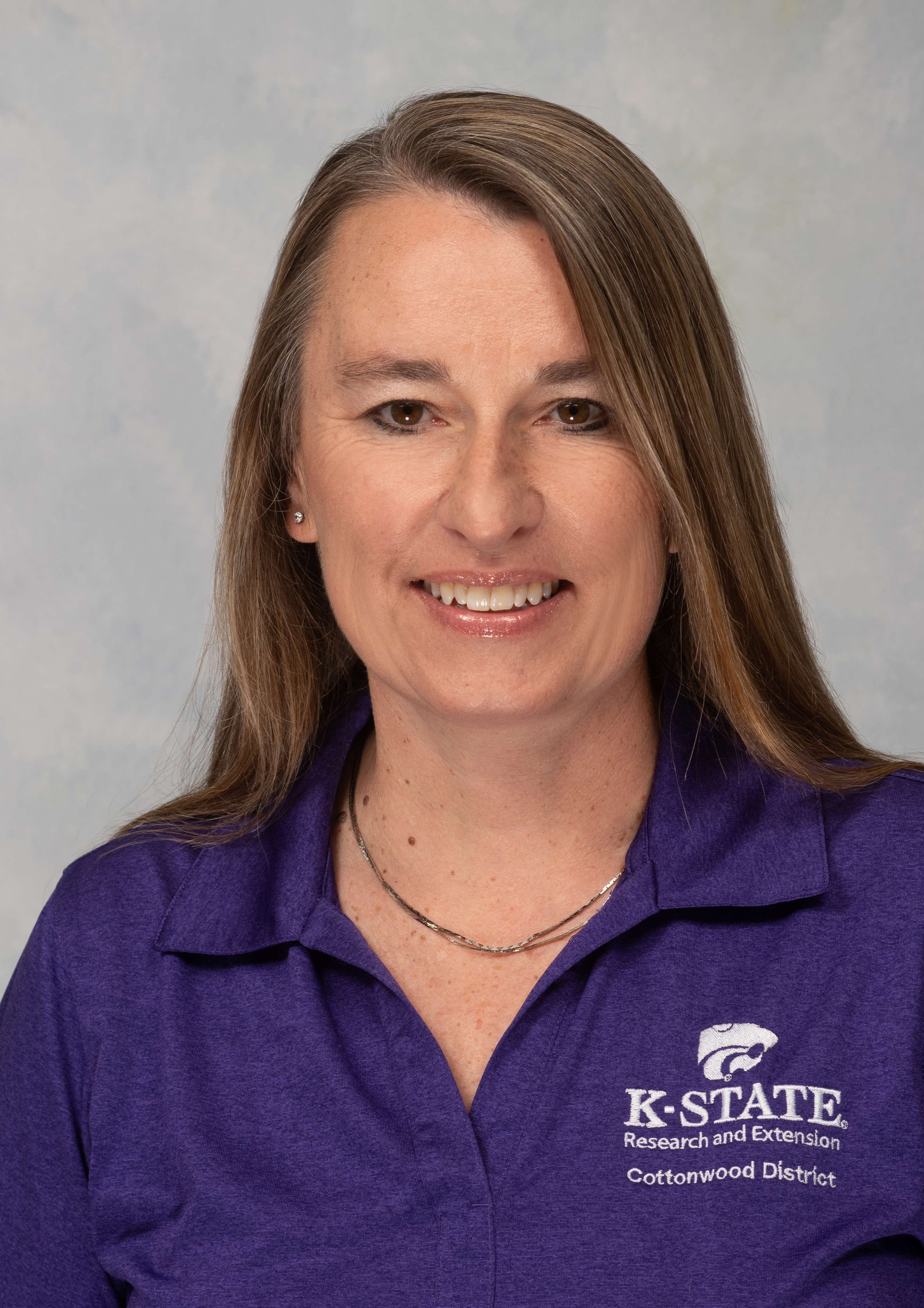
Handwashing might seem like a routine activity in today’s world, especially after COVID, but that wasn’t always the case. Have you ever wondered where we got this idea? I learned about it in graduate school and was fascinated by how it came about. It wasn’t until the 19th century that handwashing was actually researched and the birth of modern handwashing came about. And the physician that pioneered this work was ridiculed!
Ignaz Semmelweis (1840s) was Hungarian physician that discovered handwashing with chlorinated lime solutions dramatically reduced the incidence of puerperal fever (childbed fever) in his obstetric wards. Despite his findings, his ideas were initially met with skepticism. In the 1800’s the understanding of disease transmission and germ theory were rudimentary. Semmelweis noticed that there was a stark difference in mortality rates between two maternity wards at the Vienna General Hospital. The ward attended by medical students had a much higher mortality rate compared to the ward run by midwives.
With further investigation he found that medical students moved between the dissection room and the maternity ward which we know now that they carried infectious material from the cadavers to the women in labor causing the high mortality rates. In 1847, Semmelweis introduced a policy requiring medical students and doctors to wash their hands with a chlorinated lime solution before examining patients. Handwashing lowered rates of puerperal fever and mortality rates in the maternity ward. However, he faced professional isolation and resistance from his colleagues.
Semmelweis’s methods were dismissed and ridiculed by the medical community and his findings were not accepted until later with the work of Joseph Lister (1860s) and Louis Pasteur that furthered microbiology and germ theory that Semmelweis’s work was accepted. Joseph Lister was a British surgeon who built on Semmelweis’s work by promoting antiseptic techniques in surgery. Lister’s use of carbolic acid (phenol) as an antiseptic led to a significant decrease in post-surgical infections.
Moving forward to the 20th century commercialization of antiseptic agents and soap improved hand hygiene practices, especially in the medical field but then later would move to the general public with Handwashing Campaigns in the 1970s-1980s. Handwashing became a public health issue.
Today handwashing is recognized as one of the simplest and most effective ways to prevent the spread of illness.
Extension agents promote handwashing often whether it’s cooking in the kitchen, outdoor parties, or in the classroom or workplace.
Hands pick up bacteria during daily routines, including gardening, taking out the trash, driving, playing with pets and many other activities.
It only takes 20 seconds with soap and warm water or about the time it takes to sing the alphabet. Be sure to scrub your hands…because the bubbles really do pick up the dirt and take it away.
A fun way we teach this to kids (and adults) is through our Glo-Germ Handwashing program that uses a black light to show the germs on your hands before washing and how they are gone after handwashing. We can also teach high speed handwashing that helps students learn to wash hands quickly and efficiently to save water! Call or email Monique today if you would like to introduce or remind your students how to properly wash their hands to keep everyone as healthy as possible this school year!
Monique Koerner is the Family and Community Wellness Agent with K-State Research and Extension – Cottonwood District. You may reach her at: 785-628-9430 or [email protected]. K-State Research & Extension is an equal opportunity provider and employer.



